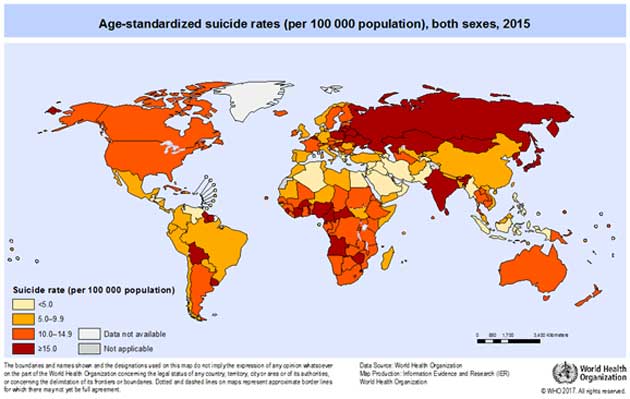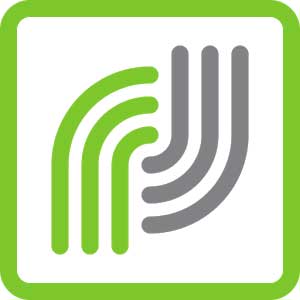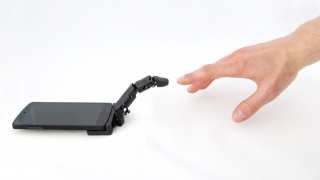Each year, it’s estimated that nearly 800,000 people commit suicide. The World Health Organization suggest that for every person who died of suicide, there may well be 20 others attempting suicide. The reasons behind suicide attempts are complex, but effective intervention can certainly help reduce the current rate.
Researchers at Florida State University have turned to a new tool with the hope of identifying those in need more rapidly, in order to provide them with help and support. They have been developing Artificial Intelligence which can detect patterns in medical records, flagging up high-risk patients and hopefully allowing for interventions to take place.

Machine Learning and AI
Using their AI model and anonymous historical data, Jessica Ribeiro and her team at Florida State University applied machine learning to a database of medical records for 5,167 adult patients who had been highlighted as at risk from self-harm. Of these, 3,250 patients attempted suicide and 1,917 self-harmed.
Using these records, the team developed an algorithm which could predict if a patient would attempt suicide within two years at an accuracy rate of 80%, and if they would attempt suicide over the next week with an accuracy rate of 92%.
The algorithm looked at a number of factors which can lead to suicide, including use of certain medication and number of ER visits per year. From this, patterns could be traced, potentially giving clinicians a way to track a patient’s likelihood of committing suicide.
Combining a range of AI tools
Whilst Ribeiro’s AI tool looks set to be extremely useful for patients with a full medical history, many people contemplating suicide may well not have visited their clinician in years. This is where a complementary technology could come in, also powered by AI. The company Cotigo has been working on an app called ‘Companion.’ This collects data from smartphones which can track patterns of communication and movement. So, for example, if an individual has missed many calls over a period of time, and failed to make any outgoing calls as might be expected, clinicians can be alerted to make contact with the individual and strike up a dialogue.

Download the Companion App here: (IOS | Android)
Cotigo is currently working alongside the Department of Veteran Affairs Suicide Prevention Center in Denver whilst the app is tested with high-risk patients. It’s hoped that the app can be rolled out within the next few years if these initial tests are successful.
Another avenue being explored is the use of AI to flag up social media postings which relate to suicide or self-harm. Users could then be offered resources to support them in seeking help.
Connecting high-risk patients with help and support
In a recent Ask Me Anything session on Reddit, Ribeiro mentioned her belief that “pairing large scale risk detection with large scale, effective treatment, is critical, in my view, for actually effecting change and seeing large scale reductions in suicide rates.”
With statistics from the World Health Organization pointing to a worrying reality that suicide is the second leading cause of death in 15 – 29 year olds globally, let’s hope AI tools such as these can help provide effective interventions for those patients who need it most.
Top image: Suicide with pills (CC BY-SA 3.0) and Artificial Intelligence (Freeiconspng)
References
http://www.who.int/mental_health/prevention/suicide/suicideprevent/en/
https://www.reddit.com/r/science/comments/6i5luh/science_ama_series_im_dr_jessica_ribeiro_a/
https://www.nbcnews.com/mach/innovation/ai-coming-help-doctors-predict-suicide-n763166
http://journals.sagepub.com/doi/abs/10.1177/2167702617691560?journalCode=cpxa&







No comment